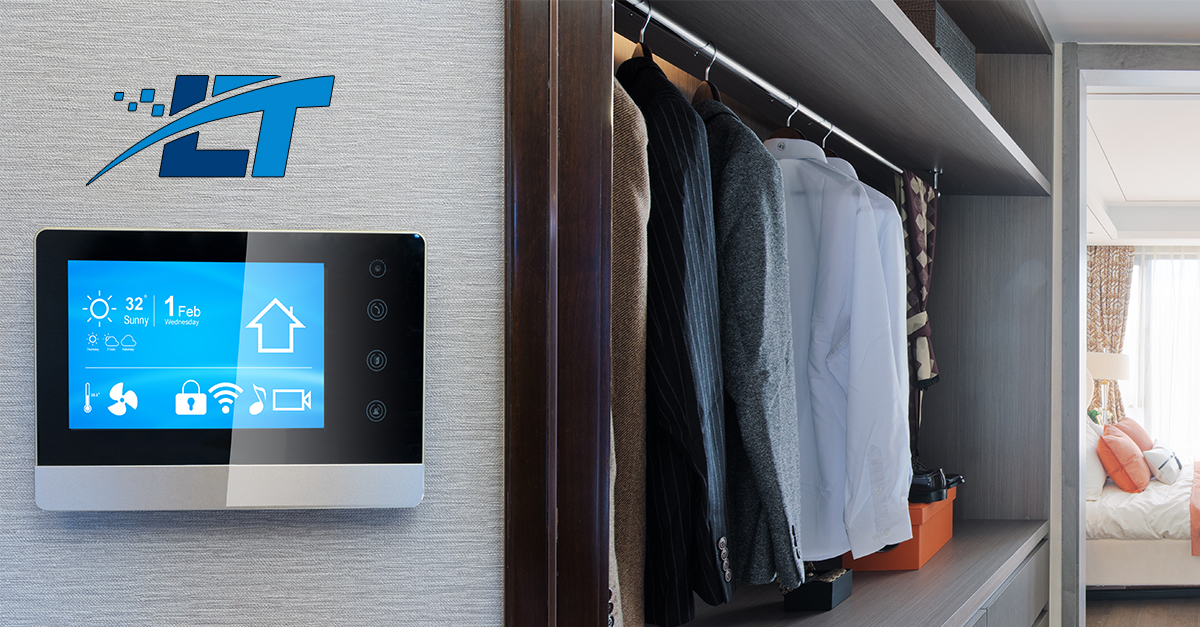While looking at recent tech news yesterday, I noticed an article about a fashion company that have developed a suit that vibrates based on data from nearby asteroids. The celestial jumpsuit connects to NASA’s Near Earth Objects API, and vibrates as asteroids move around in Earth’s atmosphere. Now, don’t expect to be seeing anyone wearing such a suit walking across George Square in Glasgow or Central Park in New York any time soon, but it does paint an interesting picture of the kind of clothes we could be wearing 20 years from now.
Wearable tech has already been around for several years but recently with technology improving it is becoming more mainstream with the likes of smart watches (Apple Watch) and fitness bracelets (Fitbit).
As of 2018, the revenue of wearable tech is £17($23) billion with it expected to rise to over £53($73) billion by 2022. Big players such as Google and Samsung have already recognised this and are working on their own wearable devices. Currently Google and Samsung have released wearable tech such as Google Glass and Samsung Gear, but have took the leap into developing smart shirts and jackets, with the ability to pay contactless and exchange digital business cards by shaking someones hand. Wearable tech will soon be a large part of the fashion industry, with designer brands looking to create new lines of smart clothing.
Smart Textiles, The Future of Fabric

Want to make that dress a little longer and change it from red to white? Want to turn your short-sleeved t-shirt into a long sleeved t-shirt? All of this will be possible with smart textiles. Smart textiles is a technology that already exists that pushes the boundaries of what fabrics can do. They are also able to release substances such as moisture and perfume, with the health industry taking advantage of this innovation and using it to release medical properties to your skin.
Biosensors
A biosensor is a device that converts a biological response into an electrical signal. This could be woven into clothing to help us track health data from our bodies, notifying us or more importantly notifying someone else if you are elderly and greatly rely on support.
Contact Lenses
We made the transition from glasses to contact lenses in the journey of improving our vision, and we will do the same to improve our daily life. We have already seen the likes of Google’s Smart Glasses primarily used to help workers. Contact lenses will use the same technology allowing for a more mainstream option, replacing our current contact lenses with smart lenses that will have all the vision benefits but will have features such as augmented reality and the ability to zoom in. Virtual reality will drive this innovation through the evolution of VR headsets. Rather than having a monitor or laptop in front of us in the workplace, we may see it virtually through contact lenses, allowing for lower equipment costs and increased productivity.

Charging Your Clothes
As wearable tech hasn’t really became a part of our daily lives yet from a clothing standpoint, there are limited solutions for charging, but we have came up with a few possible options:
- Wireless charging technology, currently used to charge smart phones. One option would be to have panels that insert into the base of clothes drawers. Maybe clothing lines will release special drawers the same way Apple has their own line of accessories and phone covers.
- Coat hangers that can charge your shirts and jackets when hung up on the wardrobe pole. We predict each wearable device will come with its own coat hanger, like our smart phones come with its own charger.
There will be a whole market around charging devices for wearables. The future of smart homes will have to adopt this and who knows maybe we will have panels underneath our floor boards that wirelessly charge our trainers (or socks!).

